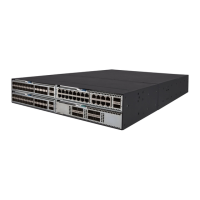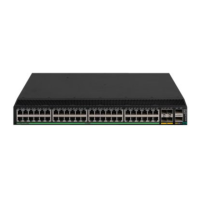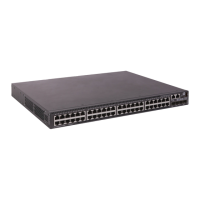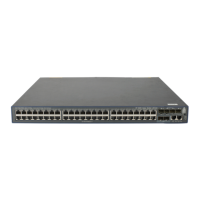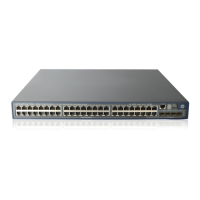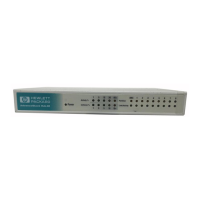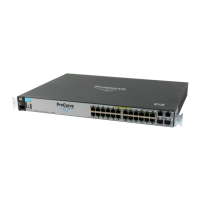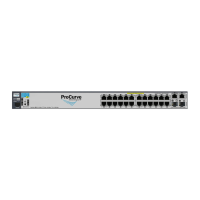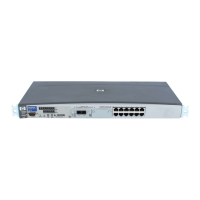496
Configuring an IPv6 policy
Creating an IPv6 node
1. Enter system view.
system-view
N/A
2. Create an IPv6 policy
or policy node, and
enter IPv6 policy
node view.
ipv6 policy-based-route
policy-name
[
deny
|
permit
]
node
node-number
By default, no IPv6 policy
node is created.
Setting match criteria for an IPv6 node
1. Enter system view.
system-view
N/A
2. Enter IPv6 policy
node view.
ipv6 policy-based-route
policy-name
[
deny
|
permit
]
node-number
N/A
3. Set an ACL match
criterion.
if-match acl
{ ipv6-acl-number |
name
ipv6-acl-name }
By default, no ACL
match criterion is set.
If an ACL match criterion is defined, packets are compared with the ACL rules, and the
permit or
action and the time range of the specified ACL are ignored. If the specified ACL does not exist,
Configuring actions for an IPv6 node
1. Enter system
view.
system-view
N/A
2. Enter IPv6 policy
node view.
ipv6 policy-based-route
policy-name
[
deny
|
permit
]
node
node-number
N/A
3. Set an IP
precedence.
apply precedence
{ type | value }
By default, no IP precedence is
specified.
4. Set next hops for
permitted IPv6
packets.
apply next-hop
[
vpn-instance
vpn-instance-name ] { ipv6-address
[
direct
] [
track
track-entry-number ] }&<1-2>
By default, no next hop is specified.
You can specify two next hops for
backup by executing this command
twice.
5. Set output
interfaces.
apply output-interface
{ interface-type
interface-number [
track
track-entry-number ] }
By default, no output interface is
specified.

